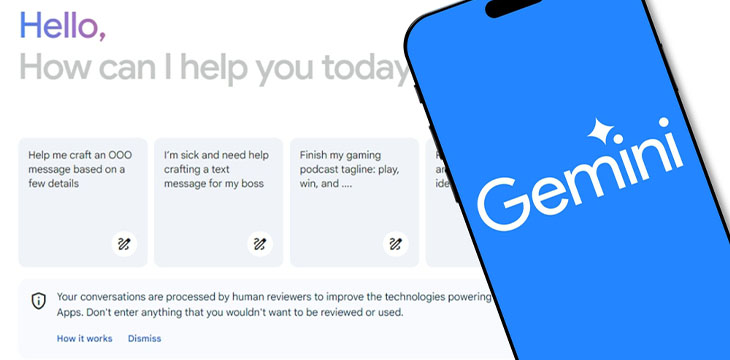|
Getting your Trinity Audio player ready...
|
Google (NASDAQ: GOOGL) is moving past its peers in the race for artificial intelligence (AI) superiority following the release of the latest version of its large language model (LLM).
In its announcement, Google disclosed the new version of the LLM—Gemini 1.5 Pro—is its most powerful AI release to date, capable of blowing the competition out of the water. Per the statement, Gemini 1.5 Pro will be accessible to AI developers thanks to a beta release at the tail end of June.
Early tests for the new LLM indicated several capabilities, including code execution, to address the downsides of the previous versions. The advanced functionality will allow Gemini 1.5 Pro to generate and run codes while supporting iterative learning to achieve desired results.
Users of the new models can toggle the code execution feature on or off with the release, confirming that the execution sandbox can run without internet connectivity.
Outside of its pioneering code execution capability, Google’s latest LLM can analyze entire text libraries and audio data in record time. Armed with a context window of 2 million tokens, the possibilities for Gemini 1.5 Pro appear endless for early users, birthing impressive use cases.
For starters, the model will be able to outperform OpenAI’s ChatGPT in maintaining context in lengthy conversations while demonstrating competence for complex processes involving analyzing digital asset price charts.
Already use cases for the new model have begun trickling out with one beta tester uploading a picture of his bookshelf to the model to create a database, racking impressive results in seconds. Other innovators are using the model’s capability to assist blind persons in getting near real-time descriptions of their surroundings.
The model has since seen applications in policy analysis, advanced video editing, and information processing tasks, outperforming existing models. Analysts posit that a commercial release will open the floodgates for real-world use cases with “additional production robustness and higher reliability.”
Staking its claim for open-source
Google has taken a bold step to challenge the status quo in the open-source space with the launch of Gemma 2 27B. The open-source LLM, designed to compete with models twice its size, allows developers free access and redistribution while providing support for enterprise and average users.
Thanks to its advanced fine-tuning tasks, the model excels in specific tasks, stealing a page from Microsoft’s (NASDAQ: MSFT) success with its small language models (SMLs).
“When training Gemma 2, we followed our robust internal safety processes, filtering pre-training data and performing rigorous testing and evaluation against a comprehensive set of metrics to identify and mitigate potential biases and risks,” said Google.
In order for artificial intelligence (AI) to work right within the law and thrive in the face of growing challenges, it needs to integrate an enterprise blockchain system that ensures data input quality and ownership—allowing it to keep data safe while also guaranteeing the immutability of data. Check out CoinGeek’s coverage on this emerging tech to learn more why Enterprise blockchain will be the backbone of AI.
Watch: Adding the human touch behind AI

 12-29-2025
12-29-2025 




